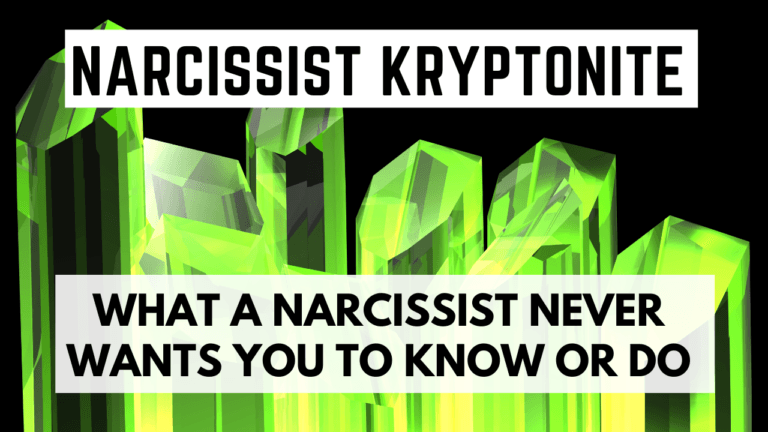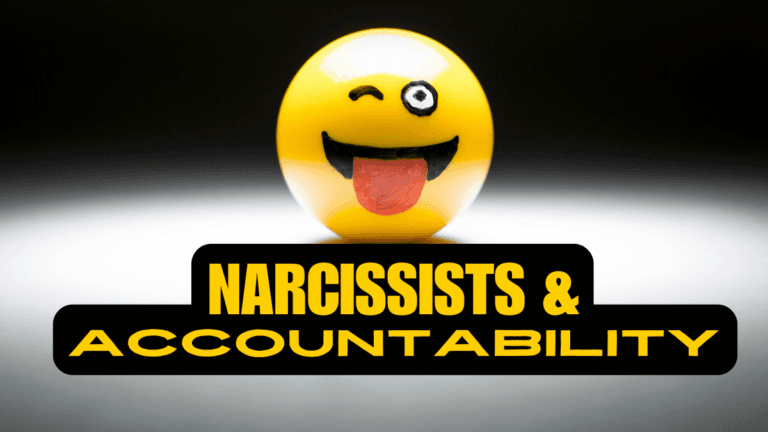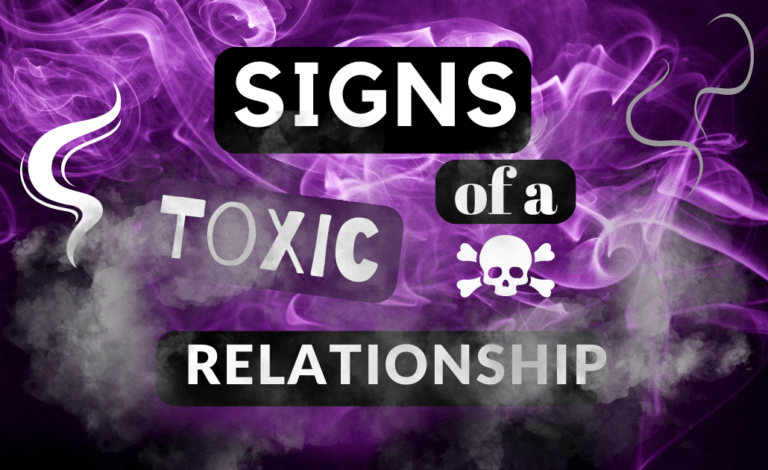Cognitive Dissonance: 5 Clear Reasons Why It's the Biggest Hurdle When Recovering
Narcissists are known to use various tactics to manipulate and control their victims.
These tactics can range from gaslighting to projection, from love-bombing to silent treatment, and many more. However, understanding these tactics can be difficult for those who have been victimized by narcissists.
One of the biggest hurdles in understanding these tactics is cognitive dissonance.
In this article, we will explore why cognitive dissonance is the biggest hurdle when understanding the tactics narcissists use against their victims.
Table of Contents
What is Cognitive Dissonance
To begin, it is essential to understand what cognitive dissonance is.
Cognitive dissonance is a psychological term that refers to the mental discomfort experienced by a person who holds two or more contradictory beliefs or values.
When a person experiences cognitive dissonance, they may feel anxious, stressed, or confused, which can lead to them avoiding information that challenges their beliefs or values.
Now, let’s take a look at why cognitive dissonance can make it difficult to understand the tactics narcissists use against their victims.
Support our Site!
Our site is reader supported. If you have found our material to be beneficial to you, consider supporting us! We have many free resources on our site, including our YouTube Channel, Podcast, etc. Head to our Support Page to find the best method to do so. We thank you in advance! ~ Lynn
Narcissists Create a False Persona
Narcissists are known for their ability to create a false persona or mask.
They may present themselves as charming, kind, and compassionate individuals to their victims, but in reality, they may be manipulative, deceitful, and abusive.
Victims may struggle to reconcile the narcissist’s behavior with their perceived image, leading to cognitive dissonance.
Victims may cling to the idea of the narcissist as the kind and loving person they met initially, even if that image no longer aligns with reality.
Narcissists Use Gaslighting to Confuse Their Victims
Gaslighting is a tactic commonly used by narcissists to make their victims doubt their own perception of reality.
The narcissist may deny or distort facts, making the victim feel confused and disoriented. The victim may then begin to question their own judgment, leading to cognitive dissonance.
Victims may struggle to reconcile their own perceptions of reality with the gaslighting they are experiencing.
Narcissists Use Projection to Deflect ResponsibiLity
Projection is another tactic commonly used by narcissists. They may project their own negative traits onto their victims, making it seem as though the victim is the problem, not the narcissist.
Victims may struggle to reconcile the narcissist’s accusations with their own self-image, leading to cognitive dissonance.
Victims may cling to the idea that they are not the problem, even if the narcissist is blaming them.
Victims May Fear the Consequences of Leaving the Relationship
Leaving a relationship with a narcissist can be difficult and may come with serious consequences.
The narcissist may threaten the victim or use other tactics to keep them in the relationship. The victim may fear for their safety or the safety of their loved ones.
This fear can lead to cognitive dissonance, as the victim may struggle to reconcile their desire to leave with the potential consequences of doing so.
Victims May Feel Emotionally Invested in the Relationship
Narcissists are known for their ability to love-bomb their victims, showering them with attention and affection at the beginning of the relationship.
Victims may become emotionally invested in the relationship, making it difficult for them to leave.
The victim may struggle to reconcile their feelings of love and affection for the narcissist with the abuse they are experiencing, leading to cognitive dissonance.
Start Your Journey Here!
Cognitive dissonance can be a significant hurdle for those trying to understand the tactics narcissists use against their victims.
Narcissists use various tactics to manipulate and control their victims, and understanding these tactics can be difficult for those who have been victimized.
By recognizing the role cognitive dissonance plays in this dynamic, victims can begin to unravel the complexities of the relationship and take steps to protect themselves from further harm.
It is important for victims of narcissistic abuse to seek support and guidance from a trained professional.
Therapy can help victims navigate the complicated emotions and thought patterns that arise from cognitive dissonance. It can also help victims identify healthy coping mechanisms and develop a plan to safely leave the abusive relationship.








